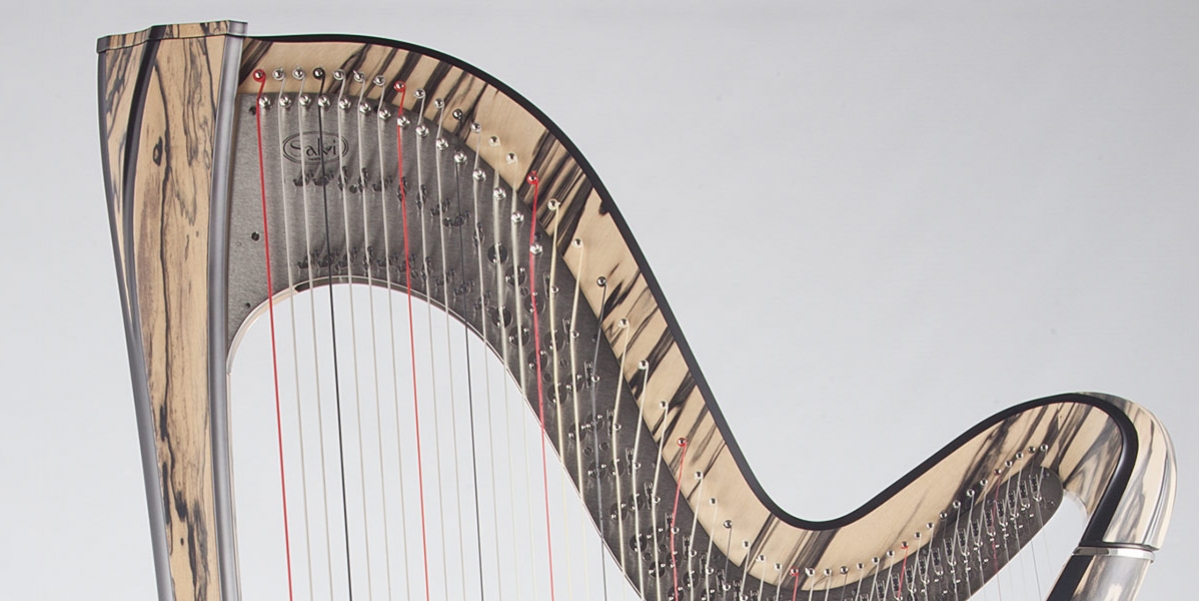
If you’re a music enthusiast, you probably know that each note is represented by an English letter, namely C D E F G A B. But have you ever wondered how these notes are distributed on a harp?
Let’s start by discussing the characteristics of harp strings. Each string has a different thickness, length, and material. In terms of colour, for example, Bow Brand strings are milk-white, red, and black-blue. The red strings represent note C, the black-blue strings represent F, and the milk-white strings represent the other notes. Therefore, it’s easy to distinguish between Cs and Fs.
Now, let’s learn about the other notes! Make sure you are in the correct position with the harp. Once you have found note C, simply move towards yourself to find D, E, F, G, A, and B, and then repeat from C to B.
However, on a harp, the octave starts with the note E and goes backwards until F. Lever harps typically have five octaves, while pedal harps have seven octaves. If you’re ever unsure, Middle C is the easiest to recognize. It’s the fourth octave, so after finding Middle C, counting backwards to E and forward to F will give you the notes of the 4th octave.
When purchasing harp strings, it’s essential to know which octave and note your harp requires. Using the wrong string not only results in a strange sound but also affects the overall structure of the harp. If you have any doubts, don’t hesitate to reach out to us for assistance.
